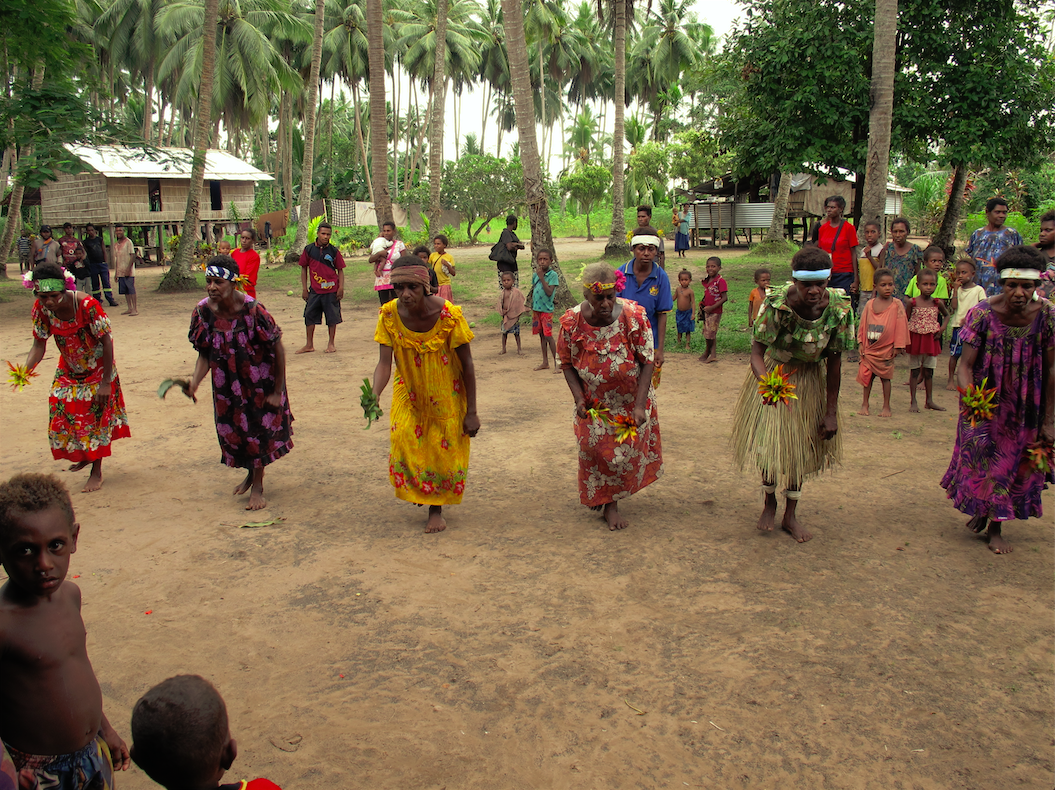A comprehensive documentation of Bine – a language of Southern New Guinea

Landing page image for the collection ‘A comprehensive documentation of Bine – a language of Southern New Guinea’. Click on the image to access collection.
| Language | Bine (ISO639-3:bon) |
| Depositor | Christian Döhler |
| Affiliation | Universität zu Köln |
| Location | Papua New Guinea |
| Collection ID | 0471 |
| Grant ID | IPF0265 |
| Funding Body | ELDP |
| Collection Status | Collection online |
| Landing Page Handle | http://hdl.handle.net/2196/c86f341d-ff09-4f71-875d-0d467aac9e29 |
Blog post
ELDP project Highlight: A comprehensive documentation of Bine – a language of Southern New Guinea
Showreel
Summary of the collection
Bine is spoken by around 2000 speakers in the Binaturi district, Western Province, Papua New Guinea. Speakers refer to their language as either bine mene ‘Bine language’ or kewe mene ‘village language’. Bine belongs to the Eastern Trans-Fly language family. Although stable at present, Bine should be characterised as an endangered language. The main reasons for this characterisation lie in the small number of speakers and the proximity to the provincial capital, Daru, which brings an influx of English and Tok Pisin.
This collection contains a variety of photographs as well as audio-visual recordings including narratives, public ceremonies, procedurals, songs and dances, stimulus tasks, observational videos. Furthermore, it contains transcribed and translated recordings, a lexical database, and a grammatical sketch of the language. It also includes a few subtitled short films on selected topics.
Bine can be found under the Glottocode: bine1240 or the ISOcode: bon.
Group represented
Bine is spoken in around ten villages: Masingara, Kunini, Boze, Giringarede, Sogal, Sebe, Tati, Drageli, Irukupi and Sibre Kupi. There are at least two dialects of Bine. Beyond lexical differences, most of the differences are phonological. Where the Eastern dialect has /r/, the Western dialect has /l/. Furthermore, the Western dialect has replaced /k/ with a glottal stop word initially and medially.
The documentation project is based at Irukupi village, where the Eastern dialect is spoken. Most of the material in the corpus comes from this village.
Collection contents
All files are sorted into sessions. The names of the sessions as well as the files in each session are sorted chronologically. The naming convention is: bon, the ISO-code, followed by the date(YYYMMDD) and, if necessary, a number. If there are multiple files of the same type in a session, the files receive another number. Hence, bon20180223_02 refers to the second recording session on February 23rd 2018 and bon20180223_02_02.mp4 refers to the second video file the respective session.
All videos were recorded with a CANON XA30 mounted with a Rode Videomic. Video files bigger than 4,4GB are cut into chunks, which correspond roughly to 20min of length. The file names are appended with part1, part2, etc.
The file names of audio files make reference to the recording device and the microphone: ZOOM H5 internal mic (_TrLR.wav), ZOOM H5 with an AKG headmounted mic (_TrH.wav), ZOOM H5 with a Sennheiser lapel mic (_TrS.wav), ZOOM H1n internal mic (_H1n.wav), any recorder with a Rode Videomic (_RD.wav).
All photographs (.jpg) were taken with the following devices: CANON Powershot G12, CANON M50 or Google Pixel2.
All sessions are tagged according to genre and subgenre.
Collection history
The original footage in this collection was recorded between January 2018 and October 2019 as part of the ELDP project “A comprehensive documentation of Bine – a language of Southern New Guinea” (IPF0471). The principal investigator will continue to deposit derivative material, or updated versions thereof, including: lexical database, grammatical description, edited shortfilms, and photographs.
Acknowledgement and citation
I would like to thank the people of Irukupi for their support and for sharing their culture and language with me. I would like to thank everyone who participated in the project, especially Solomon Girisa, Tina Tube, Ronald Gidra, Lendi Jami and Michael Diri.
Please note that if any audio or visual material is used from this deposit (including photographs), it is also required to acknowledge the individual speakers by name. None of the data in this collection may be used as evidence in court.
To refer to any data from the collection, please cite as follows:
Döhler, Christian. 2019. A comprehensive documentation of Bine – A language of Southern New Guinea. Endangered Languages Archive. Handle: http://hdl.handle.net/2196/00-0000-0000-0010-897F-A. Accessed on [insert date here].


